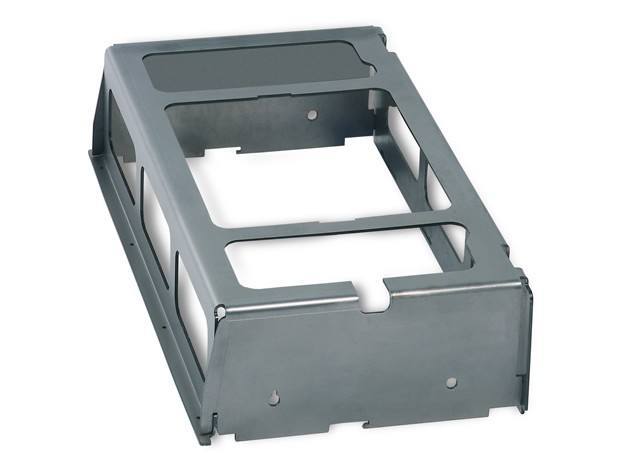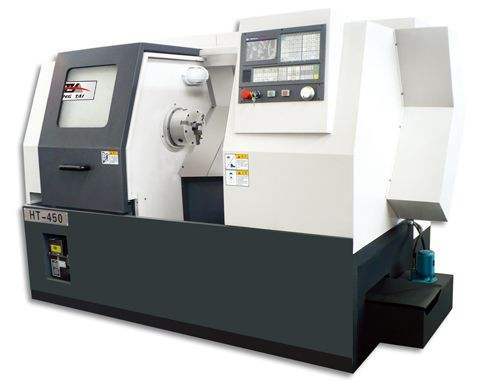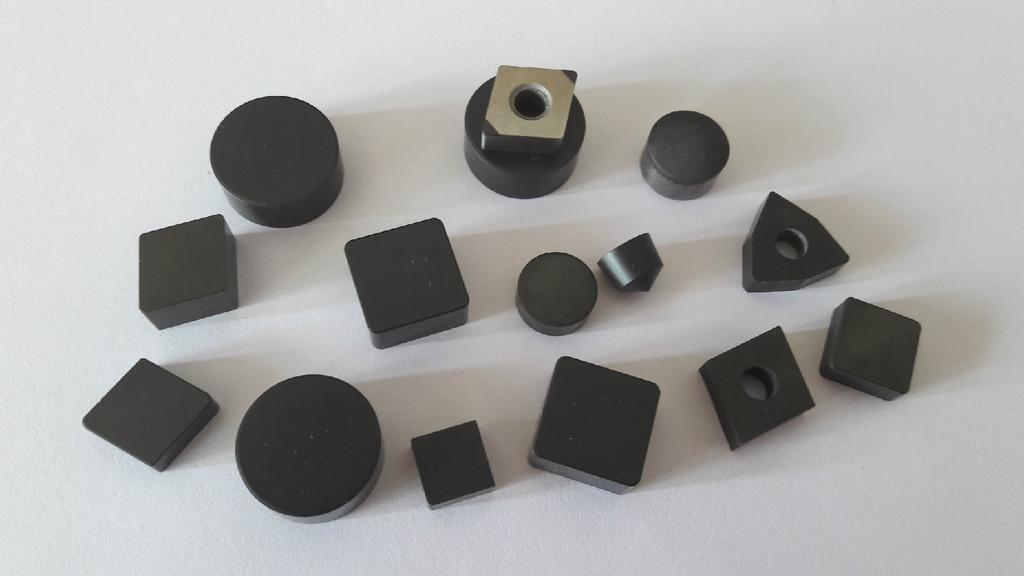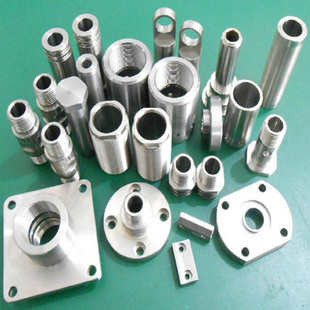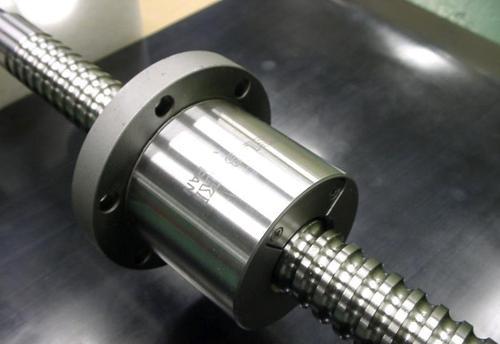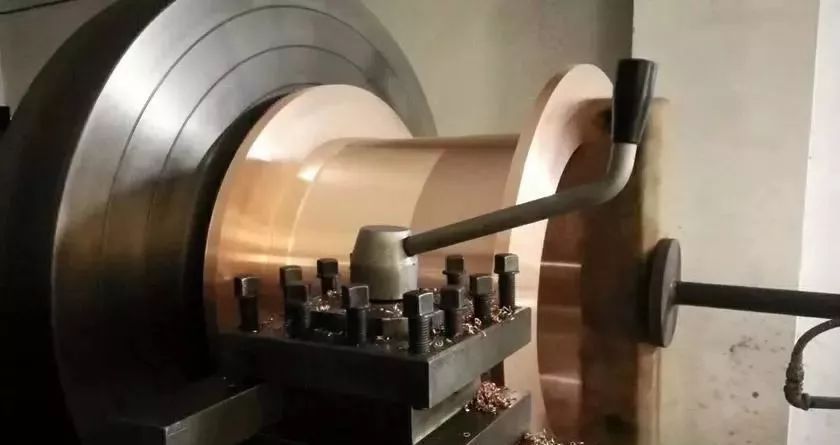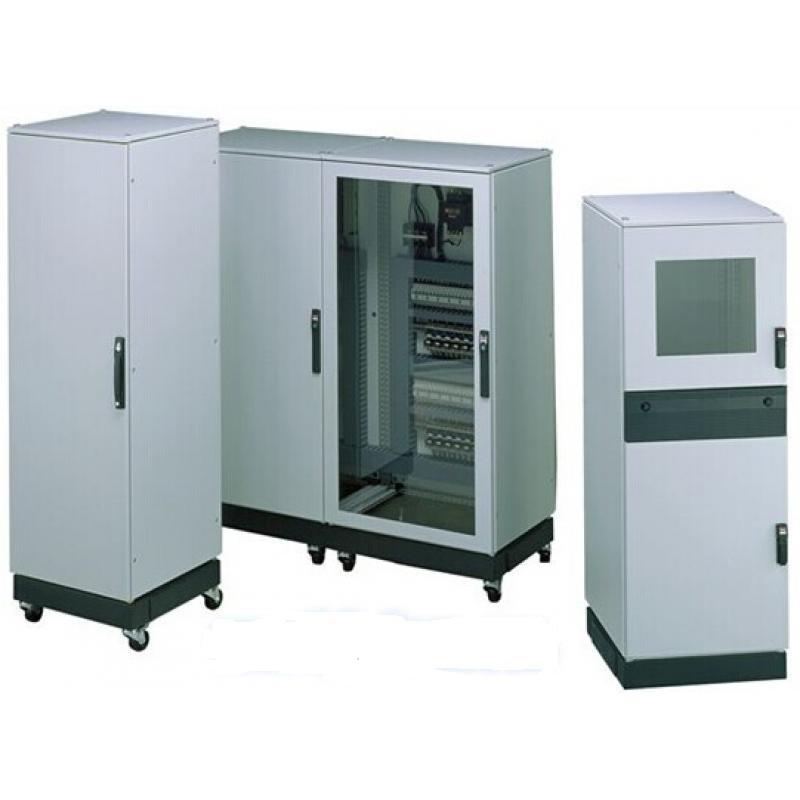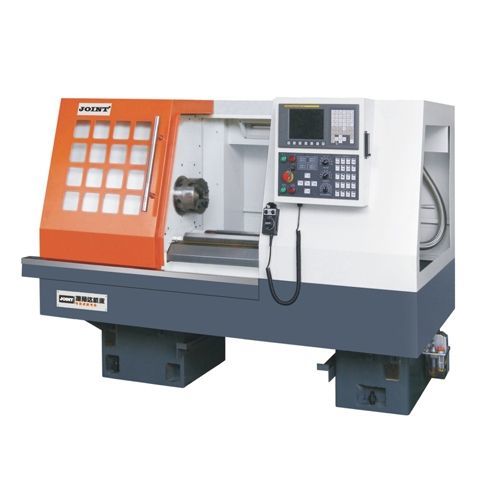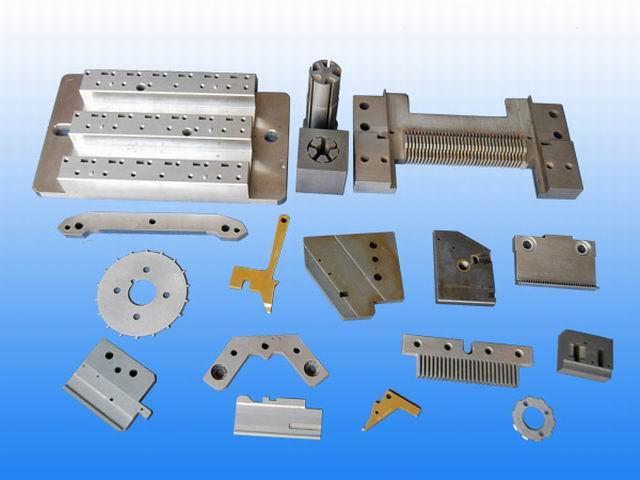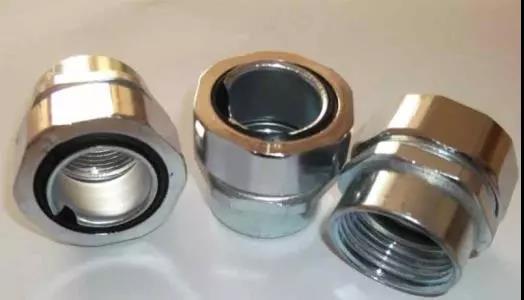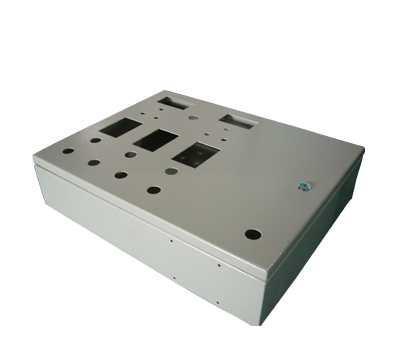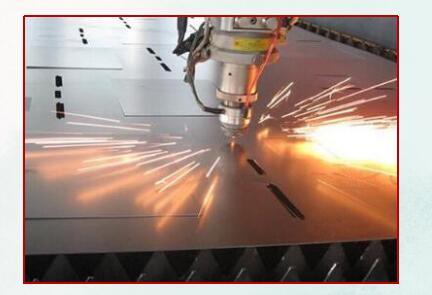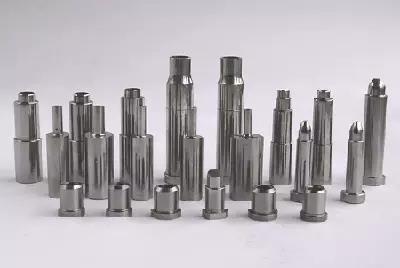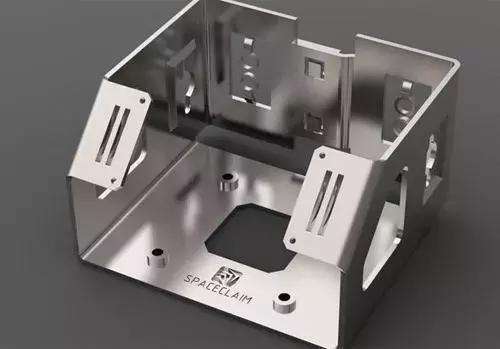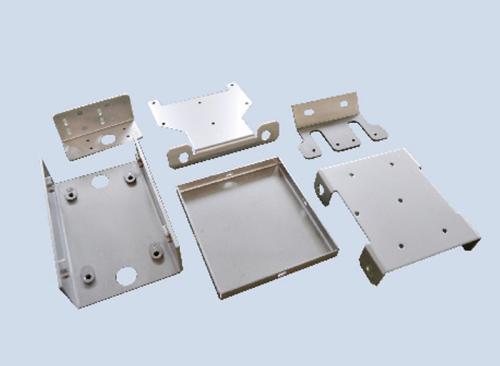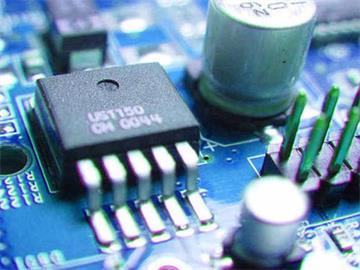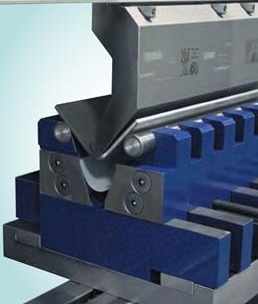2021-12-14
24 Common Metal Materials and Their Properties
24 Common Metal Materials and Their Characteristics
1. 45 - High-quality carbon structural steel, the most commonly used medium carbon quenched and tempered steel
Main Features: The most commonly used medium carbon quenched and tempered steel, with good comprehensive mechanical properties, low hardenability, and prone to cracking during water quenching. Small parts should be treated with quenching and tempering, while large parts should be treated with normalizing. Application examples: Mainly used for manufacturing high-strength moving parts, such as turbine impellers, compressor pistons, shafts, gears, racks, worm gears, etc. For welded parts, preheat before welding and stress relief annealing after welding.
2. Q235A (A3 steel) - The most commonly used carbon structural steel
Main Features: High plasticity, toughness, and welding performance, cold stamping performance, as well as certain strength and good cold bending performance. Application examples: Widely used for parts and welded structures with general requirements, such as low-stress tie rods, connecting rods, pins, shafts, screws, nuts, sleeves, brackets, machine bases, building structures, bridges, etc.
3. 40Cr - One of the most widely used steel grades, belonging to alloy structural steel
Main Features: After quenching and tempering, it has good comprehensive mechanical properties, low-temperature impact toughness, and low notch sensitivity, good hardenability, high fatigue strength when oil cooled, and prone to cracking in complex-shaped parts when water cooled. Cold bending plasticity is moderate, good machinability after tempering or quenching and tempering, but poor weldability, prone to cracking, preheat to 100-150°C before welding, generally used in the quenched and tempered state, and can also undergo carbon-nitrogen co-infiltration and high-frequency surface hardening treatment. Application examples: After quenching and tempering, used for manufacturing medium-speed, medium-load parts, such as machine tool gears, shafts, worm gears, spline shafts, ejector sleeves, etc. After quenching and high-frequency surface hardening, used for manufacturing parts with high surface hardness and wear resistance, such as gears, shafts, spindles, crankshafts, center shafts, sleeves, pins, connecting rods, screws, nuts, intake valves, etc. After quenching and medium-temperature tempering, used for manufacturing heavy-load, medium-speed impact parts, such as oil pump rotors, sliders, gears, spindles, sleeves, etc. After quenching and low-temperature tempering, used for manufacturing heavy-load, low-impact, wear-resistant parts, such as worm gears, spindles, shafts, sleeves, etc. Carbon-nitrogen co-infiltration parts are used for manufacturing larger-sized, high low-temperature impact toughness transmission parts, such as shafts, gears, etc.
4. HT150 - Gray cast iron
Application examples: Gearbox housings, machine tool beds, boxes, hydraulic cylinders, pump bodies, valve bodies, flywheels, cylinder heads, pulleys, bearing covers, etc.
5. 35 - Common materials for various standard parts and fasteners
Main Features: Appropriate strength, good plasticity, high cold plasticity, and acceptable weldability. Can be locally forged and drawn in the cold state. Low hardenability, used after normalizing or quenching and tempering. Application examples: Suitable for manufacturing small cross-section parts that can withstand larger loads, such as crankshafts, levers, connecting rods, hooks, and various standard parts and fasteners.
6. 65Mn - Common spring steel
Application examples: Various small flat and round springs, seat cushion springs, spring coils, can also be made into spring rings, valve springs, clutch spring plates, brake springs, cold coiled spiral springs, snap rings, etc.
7. 0Cr18Ni9 - The most commonly used stainless steel (American steel grade 304, Japanese steel grade SUS304)
Characteristics and Applications: The most widely used stainless and heat-resistant steel, such as food equipment, general chemical equipment, and equipment used in the energy industry.
8. Cr12 - Common cold work die steel (American steel grade D3, Japanese steel grade SKD1)
Characteristics and Applications: Cr12 steel is a widely used cold work die steel, belonging to high carbon high chromium type ledeburite steel. This steel has good hardenability and wear resistance; due to the high carbon content of Cr12 steel reaching 2.3%, its impact toughness is poor, prone to brittle fracture, and easily forms uneven eutectic carbides; Cr12 steel is widely used for manufacturing cold stamping dies, punches, blanking dies, cold heading dies, cold extrusion dies, and other dies that require high wear resistance but are subjected to low impact loads.
9. DC53 - Commonly used Japanese imported cold work die steel
Characteristics and Applications: High-strength and tough cold work die steel, produced by Daido Steel Co., Ltd. in Japan. After high-temperature tempering, it has high hardness and toughness, and good wire cutting performance. Used for precision cold stamping dies, stretching dies, wire drawing dies, cold stamping dies, punches, etc.
10. SM45 - General carbon plastic mold steel (Japanese steel grade S45C)
11. DCCr12MoV - Wear-resistant chromium steel
Domestic. Lower carbon content than Cr12 steel, and added Mo and V, improving the unevenness of carbides. Mo can reduce carbide segregation and improve hardenability, while V can refine grains and increase toughness. This steel has high hardenability, can be fully hardened with a cross-section below 400mm, and maintains good hardness and wear resistance at 300-400°C. Compared to Cr12, it has higher toughness, small volume change during quenching, high wear resistance, and good comprehensive mechanical properties. Therefore, it can manufacture various molds with large cross-sections and complex shapes that can withstand large impacts, such as ordinary stretching molds, punching dies, blanking dies, cutting dies, rolling dies, wire drawing dies, cold extrusion dies, cold cutting scissors, circular saws, standard tools, measuring tools, etc.
12. SKD11 - Tough chromium steel
Produced by Hitachi Ltd. in Japan. Technically improves the casting structure in the steel, refines the grains. Toughness and wear resistance are improved compared to Cr12mov. Extends the service life of the molds.
13. D2 - High carbon high chromium cold work steel
Produced in the USA. Has high hardenability, hardenability, wear resistance, good high-temperature oxidation resistance, good rust resistance after quenching and polishing, small thermal treatment deformation, suitable for manufacturing various high-precision, long-life cold work molds, cutting tools, and measuring tools, such as stretching molds, cold extrusion molds, cold shear knives, etc.
14. SKD11 (SLD) - Non-deforming high toughness chromium steel
Produced by Hitachi Ltd. in Japan. Due to the increased content of Mo and V in the steel, it improves the casting structure in the steel, refines the grains, and improves the carbide morphology, thus this steel's toughness (bending strength, deflection, impact toughness, etc.) is higher than SKD1 and D2, and wear resistance is also increased, with higher tempering resistance. Practice has proven that the service life of this steel mold is improved compared to Cr12mov. Commonly used for manufacturing high-demand molds, such as stretching molds, impact grinding wheel molds, etc.
15. DC53 - High toughness high chromium steel
Produced by Daido Steel Co., Ltd. in Japan. The hardness after heat treatment is higher than SKD11. After high-temperature (520-530°C) tempering, it can reach 62-63HRC high hardness, and in terms of strength and wear resistance, DC53 exceeds SKD11. The toughness of DC53 is twice that of SKD11. The toughness of DC53 rarely shows cracks and crazing in cold work mold manufacturing, greatly improving the service life. Residual stress is small. High-temperature tempering reduces residual stress. Cracks and deformations after wire cutting processing are suppressed. Cutting and grinding performance exceed SKD11. Used for precision stamping dies, cold forging, deep drawing molds, etc.
16. SKH-9 - General-purpose high-speed steel with wear resistance and toughness
Produced by Hitachi Ltd. in Japan. Used for cold forging molds, cutting machines, drill bits, reamers, punches, etc.
17. ASP-23 - Powder metallurgy high-speed steel
Produced in Sweden. Carbide distribution is extremely uniform, wear-resistant, high toughness, easy to process, and heat treatment size stability. Used for punches, deep drawing molds, drill molds, milling cutters, and various long-life cutting tools.
18. P20 - General requirement size plastic molds
Produced in the USA. Can be used for electrical erosion operations. Factory state pre-hardened HB270-300. Quenching hardness HRC52.
19. 718 - High requirement size plastic molds
Produced in Sweden. Especially for electrical erosion operations. Factory state pre-hardened HB290-330. Quenching hardness HRC52.
20. Nak80 - High mirror, high precision plastic molds
Produced by Daido Steel Co., Ltd. in Japan. Factory state pre-hardened HB370-400. Quenching hardness HRC52.
21. S136 - Corrosion-resistant and mirror-polished plastic molds
Produced in Sweden. Factory state pre-hardened HB<215. Quenching hardness HRC52.
22. H13 - Commonly used die-casting molds
Used for aluminum, zinc, magnesium, and alloy die casting. Hot stamping molds, aluminum extrusion molds.
23. SKD61 - High-grade die-casting molds
Produced by Hitachi Ltd. in Japan, using electric arc remelting technology, significantly improving service life compared to H13. Hot stamping molds, aluminum extrusion molds.
24. 8407 - High-grade die-casting molds
Produced in Sweden. Hot stamping molds, aluminum extrusion molds.
25. FDAC - Added sulfur to enhance machinability
Factory pre-hardened hardness 338-42HRC, can be directly processed for engraving, no need for quenching and tempering. Used for small batch molds, simple molds, various resin products, sliding parts, and molds with short delivery times. Zipper molds, eyeglass frame molds.



